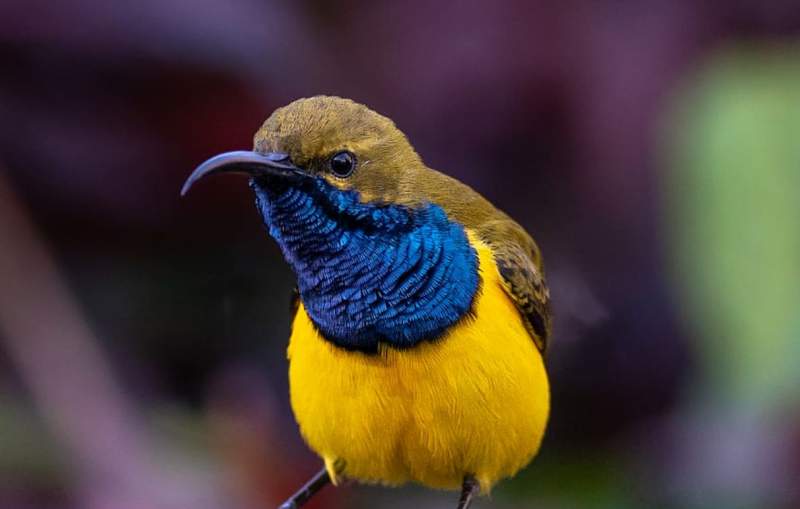The Cloud Cisticola or tink-tink cisticola is near-endemic to southern Africa and occurs in South Africa, Angola, Mozambique, Lesotho, and sparsely in Swaziland. However, a widely separated relict population occurs in Zambia and southern Zaire. It occurs in the western and southern Cape Province and from 22°E through the Eastern Cape Province and Transkei (where it is sparse), to the Free State, Transvaal, Lesotho lowlands, and inland KwaZulu-Natal.
Cloud Cisticola is most abundant in the southern Transvaal and the southern and eastern Free State. There is a remarkable cut-off west of25° E. It is included in southeastern Botswana in its range, but it was not recorded there during the atlas period, nor does there seem to be any other confirmed record from that country. Easily confused with four other small grass cisticola species, it is identified mainly on the basis of its call, except for the isolated nominate race in the Western Cape Province, which can be identified by its ventral streaking.
This race is sometimes considered to be a separate species. The atlas records primarily reflect the summer distribution and the map is probably fairly accurate, although some misidentifications are inevitable in this group.
Habitat:
It occurs in short grasslands with relatively low basal cover, mainly in the grassland biome and in the Grassy Karoo; and it is absent above 2000 m. This bird requires open grassland and does not tolerate invasion by scrub and trees. In the Western Cape Province it has colonized and breeds in fields of winter cereal crops. It was reported from estuarine marshland near Port Elizabeth. It is common in Themeda triandra grassland on the Highveld where it overlaps mainly with Ayres’ Cisticola C. ayresii.
Movements:
There is strong seasonality in reporting rates with a drop in winter when the species behaves unobtrusively and is difficult to identify without the help of diagnostic calls and displays. Records from the Western Cape Province show no seasonality, presumably because this population can be identified year-round on plumage. Droughts, overgrazing, and burning affect its habitat and must prompt local movements. There is apparently no record of regular seasonal movements in the literature.
Breeding:
Atlas records confirm that breeding occurs earlier (July–December) in the nominate race in the Western Cape Province than elsewhere, where egg-laying spans late spring and summer (September–March)
Interspecific relationships:
The Cloud Cisticola or tink-tink cisticola is most closely related to Ayres’ and Pale crowned C. brunnescens Cisticolas. It overlaps extensively with all four similar small cisticolas. It is a host of the brood-parasitic Cuckoo Finch Anomalospiza imberbis.
Historical distribution and conservation:
The bird has almost disappeared from the Cape Flats where it was displaced by alien vegetation and development for agriculture and housing. It is suggested that it is more widely distributed in KwaZulu-Natal than recorded in this atlas, but there was some confusion between this species and Ayres’ Cisticola in Cyrus & Robson.
It expanded its Transvaal range westwards during the years of good rain in the 1970s. The Cloud Cisticola is not threatened. The ability of the western race to adapt to agriculture means that it was not displaced on a large scale by the loss of indigenous fynbos.







